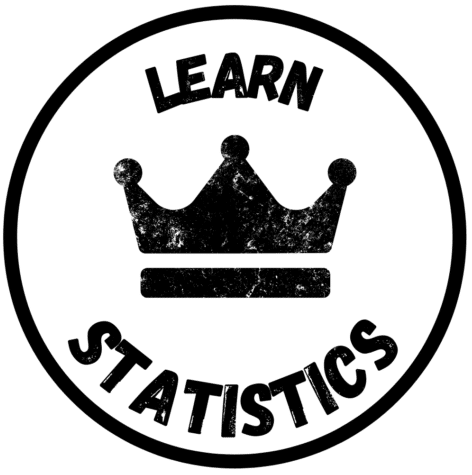What is: Emerging Trends
What is: Emerging Trends in Data Science
Emerging trends in data science refer to the new and evolving methodologies, technologies, and practices that are shaping the future of data analysis and interpretation. As the field of data science continues to grow, it is essential to stay updated with these trends to leverage data effectively for decision-making processes. This includes advancements in machine learning algorithms, data visualization techniques, and the integration of artificial intelligence in data analytics.
Ad Title
Ad description. Lorem ipsum dolor sit amet, consectetur adipiscing elit.
What is: The Role of Machine Learning
Machine learning is a pivotal component of emerging trends in data science. It allows systems to learn from data patterns and improve their performance over time without explicit programming. Recent trends include the development of more sophisticated algorithms that can handle vast amounts of data, enabling predictive analytics and real-time decision-making. Techniques such as deep learning and reinforcement learning are gaining traction, providing new avenues for data exploration and insight generation.
What is: Data Visualization Innovations
Data visualization is crucial for interpreting complex data sets and communicating insights effectively. Emerging trends in this area include the use of interactive dashboards, augmented reality (AR), and virtual reality (VR) to present data in more engaging ways. These innovations help stakeholders grasp intricate data relationships and trends quickly, facilitating better-informed decisions. Tools like Tableau and Power BI are continuously evolving to incorporate these advanced visualization techniques.
What is: The Impact of Big Data
Big data refers to the massive volumes of structured and unstructured data generated every second. Emerging trends in big data analytics focus on the ability to process and analyze this data efficiently. Technologies such as Apache Hadoop and Spark are becoming increasingly popular for their ability to handle large data sets. Additionally, the integration of cloud computing with big data analytics allows for scalable solutions that can adapt to the growing data landscape.
What is: Artificial Intelligence Integration
Artificial intelligence (AI) is transforming data science by automating complex processes and enhancing data analysis capabilities. Emerging trends include the use of AI-driven tools for data cleaning, feature selection, and predictive modeling. These tools not only save time but also improve accuracy in data interpretation. The synergy between AI and data science is paving the way for more intelligent systems that can provide actionable insights with minimal human intervention.
Ad Title
Ad description. Lorem ipsum dolor sit amet, consectetur adipiscing elit.
What is: Ethical Considerations in Data Science
As data science evolves, ethical considerations are becoming increasingly important. Emerging trends focus on data privacy, algorithmic bias, and transparency in data usage. Organizations are now prioritizing ethical frameworks to ensure responsible data handling and analysis. This includes implementing guidelines for data collection, storage, and analysis to protect individual privacy and promote fairness in algorithmic decision-making.
What is: Real-Time Data Processing
Real-time data processing is an emerging trend that allows organizations to analyze data as it is generated. This capability is crucial for industries that rely on immediate insights, such as finance and e-commerce. Technologies like Apache Kafka and stream processing frameworks enable businesses to react swiftly to changing conditions and customer behaviors. The ability to harness real-time data can provide a competitive edge in today’s fast-paced market.
What is: The Rise of No-Code and Low-Code Platforms
No-code and low-code platforms are emerging as significant trends in data science, democratizing access to data analytics tools. These platforms allow users with minimal technical expertise to create data models and visualizations without extensive programming knowledge. By simplifying the data analysis process, organizations can empower more employees to engage with data, fostering a data-driven culture across various departments.
What is: Collaborative Data Science
Collaborative data science is gaining traction as teams increasingly work together to analyze data and derive insights. Emerging trends include the use of collaborative tools and platforms that facilitate knowledge sharing and joint analysis. This approach not only enhances creativity and innovation but also leads to more comprehensive insights by incorporating diverse perspectives and expertise from various team members.
What is: The Future of Data Science
The future of data science is being shaped by these emerging trends, which promise to enhance the way we collect, analyze, and interpret data. As technology continues to advance, data scientists must adapt to new tools and methodologies to remain relevant in the field. Staying informed about these trends is crucial for professionals aiming to leverage data effectively and drive impactful decision-making in their organizations.
Ad Title
Ad description. Lorem ipsum dolor sit amet, consectetur adipiscing elit.

